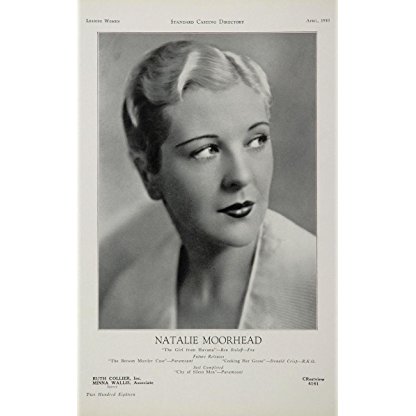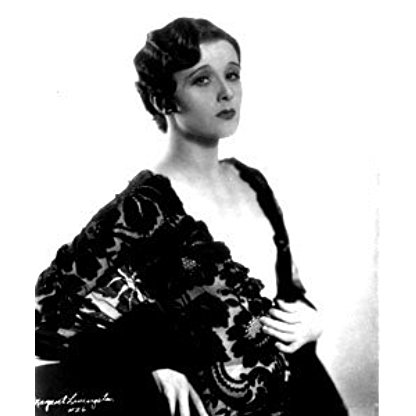💰Maris Wrixon Net worth and Salary
|
Waterfront (1944)
|
$75 per week |
This shapely starlet had a minor career at Warner Brothers during the 1930's and 40's. She possessed all the physical endowments that had propelled other screen sirens of the period to stardom. Hollywood's premier glamour photographer, George Hurrell Sr., thought her alluring. Her face adorned covers of Vogue and the rotogravure section of numerous women's magazines. Yet, in spite of this, Maris Wrixon never quite made the grade and is almost forgotten today. She had a smattering of a theatrical background before she began in films in 1939. That year, Warners put her in thirteen films and then in twelve during 1940. For the majority of these, she was glimpsed as uncredited background characters, or, at best, had a line or two. Sometimes, she was a brunette, at other times a blonde. Maris did eventually move up the list of credits to undemanding leads in films like The Case of the Black Parrot (1941) and Bullets for O'Hara (1941). In between these assignments, Maris was loaned out to Monogram, which she likened to "being in a foxhole".
Her best remembered role at the Poverty Row outfit was in The Ape (1940), a lesser entry into the horror genre. Maris co-starred as a crippled girl, whose condition so moves an obsessive country doctor (Boris Karloff), that he endeavours finding a serum to affect her cure by any means, even murder (for which task he disguises himself by wearing the hide of a slain gorilla, hence the film's title). In later years, Maris fondly recalled Karloff regaling her with amusing stories in between takes. Sadly, that was pretty much the high point of her career, though she popped up in a similar offering from Monogram, menaced this time by John Carradine (as another mad doctor) and his voodoo-practising maid in The Face of Marble (1946). She also appeared in a trio of routine wartime propaganda films of negligible artistic merit: Women in Bondage (1943), Waterfront (1944) and The Master Key (1945). None of these were enough to establish her as a star.
Maris made her last film in 1951, then had a few small TV guest spots before retiring from the screen in 1963. Unlike her desultory movie career, her personal life seems to have been rather more of a success story: she was married for 59 years to the German-born editor Rudi Fehr, surely an impressive feat for Hollywood.









